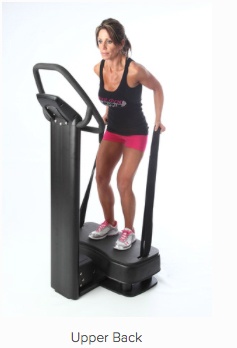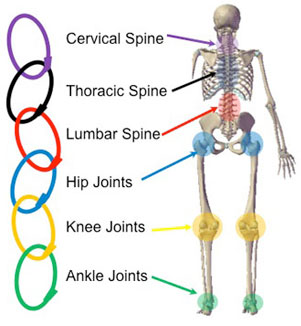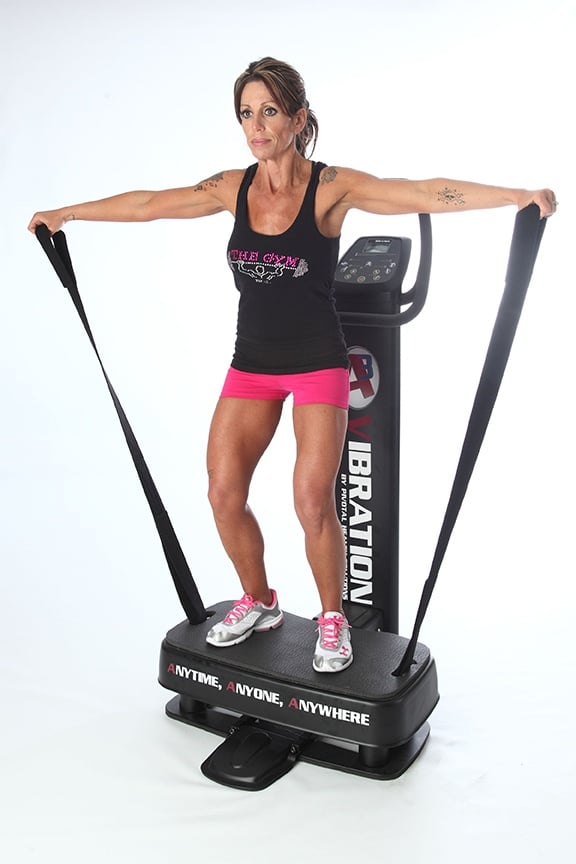How Whole Body Vibration Exercise Can Help You
Exercise and physical activity are good for just about everyone, including older adults. No matter your health and physical abilities, you can gain a lot by staying active. In fact, in most cases you have more to lose by not being active. In conjunction with the NIH Go4Life campaign we at Pivotal Health Solutions are promoting exercise for all people, particularly the aging population.
Whole Body Vibration (WBV) is the perfect tool for many people who have experienced pain, discomfort or simply are uneasy or not knowledgeable about exercising. It is a fast, effective, safe and easy to learn way of getting back into working out!
And bet of all, it addresses all 4 components of a complete exercise program: Endurance, Strength, Balance and Flexibility.
Here are just a few of the benefits of physical activity with WBV:
Exercise:
- Can help maintain and improve your physical strength and fitness.

- Can help improve your ability to do the everyday things you want to do.
- Can help improve your balance.
- Can help manage and improve diseases like diabetes, heart disease, and osteoporosis.
- Can help reduce feelings of depression and may improve mood and overall well-being.
- May improve your ability to shift quickly between tasks, plan an activity, and ignore irrelevant information.
The key word in all these benefits is YOU — how fit and active you are now and how much effort you put into being active.
To gain the most benefits, enjoy all 4 types of exercise, stay safe while exercising and eat a healthy diet!
4 Types of Exercise
Exercise and physical activity fall into four basic categories — endurance, strength, balance, and flexibility. Most people tend to focus on one activity or type of exercise and think they're doing enough. Each type is different, though. Doing them all will give you more benefits. Mixing it up also helps to reduce boredom and cut your risk of injury.
Though we’ve described each type separately, some activities fit into more than one category. For example, many endurance activities also build strength. Strength exercises also help improve balance.
Endurance, or aerobic activities increase your breathing and heart rate. They keep your heart, lungs, and circulatory system healthy and improve your overall fitness. As a result, they delay or prevent many diseases that are common in older adults such as diabetes and heart disease. Building your endurance makes it easier to carry out many of your everyday activities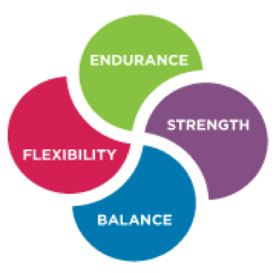
Strength exercises make your muscles stronger. Even small increases in strength can make a big difference in your ability to stay independent and carry out everyday activities, such as climbing stairs and carrying groceries. These exercises also are called "strength training" or "resistance training." WBV has you hold postures while loading particular muscle groups in a sustained posture with the vibration plat form moving these muscles. The effect is a rapid loading and unloading of these muscles, fatiguing them rapidly while being in a safe environment.
Balance exercises help prevent falls, a common problem in older adults. Many lower-body strength exercises you can do on the A3 Vibration Platforms also will improve your balance.
Flexibility exercises stretch your muscles and can help your body stay limber. Being flexible gives you more freedom of movement for other exercises as well as for your everyday activities. Yoga type of stretch postures are being perfomed on the A3 Vibration Platform, accelerating the effects of stretching significantly!
Stay Safe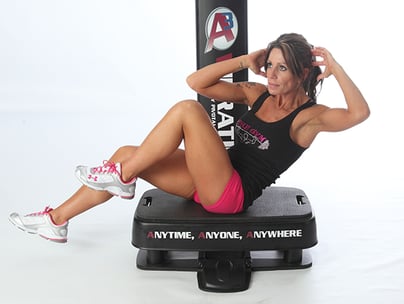
Almost anyone, at any age, can safely do some kind of exercise and physical activity. You can be active even if you have a long-term condition, like heart disease, diabetes, or arthritis. Staying safe while you exercise is always important, whether you’re just starting a new activity or you haven’t been active for a long time.
Talking with Your Health Care Provider
Most people don’t need to check with their health care provider first before doing any physical activity. However, you may want to talk with your health care provider if you aren’t used to energetic activity and you want to start a vigorous exercise program or significantly increase your physical activity. Your activity level is an important topic to discuss with your health care provider as part of your ongoing health care. Ask your doctor how physical activity can help you, whether you should avoid certain activities, and how to modify exercises to fit your situation.
Other reasons to talk with your health care provider:
- Any new symptoms you haven’t yet discussed
- Dizziness, shortness of breath
- Chest pain or pressure
- The feeling that your heart is skipping, racing, or fluttering
- Blood clots
- An infection or fever with muscle aches
- Unplanned weight loss
- Foot or ankle sores that won’t heal
- Joint swelling
- A bleeding or detached retina, eye surgery, or laser treatment

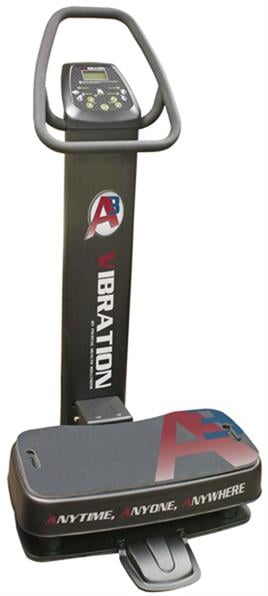

.webp)
